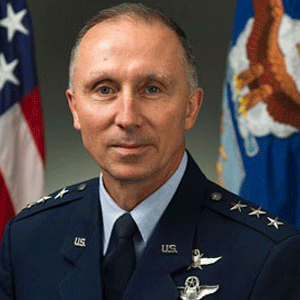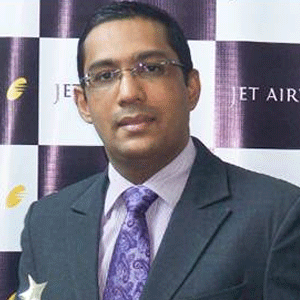THANK YOU FOR SUBSCRIBING

Chris Moore, EVP & CIO, Sun Country Airlines
While on an Alitalia flight from New York to Rome last month, I decided to take a break from my grinding, persistent insomnia (I cannot sleep on planes for whatever reason) to check out the in-flight connectivity offerings. At that point in the flight we were about one thousand miles southwest of Iceland and well into the zone that was known as the “Mid-Atlantic Gap” during World War II. During the war that term described an area in the North Atlantic that was beyond the range of land-based aircraft used to protect Allied shipping lanes. More recently, beginning in 2005 or so, this term was used by seasoned international travelers to describe the entire four or five hour journey over the Atlantic Ocean where there was no ground-to-air connectivity for the airline passenger. Now, just a few short years later, as I connected my devices to Alitalia’s WiFi (for a price of 40 Euros), I marveled over the dramatic improvements in air-to-satellite coverage, speeds, and reliability offered by the airlines and their satellite partners.
The fact is that all consumers expect – and frequently demand – some sort of WiFi connectivity option nowadays, regardless of where they may be: in a coffee shop, at a national park, or on an airplane that is 35,000 feet in the air. Further, these consumers own multiple PEDs
“Meanwhile, the data demands of the passenger are exponentially increasing, and saturated aircraft bandwidths are causing some unfortunate customer service problems, many of which have been luridly covered by the media”
For most businesses, this consumer expectation can usually be met with a very modest investment. For an airline, however, the investment required can be in the millions – or hundreds of millions, depending upon the size and complexity of the aircraft fleet – and the risk suddenly rockets into the stratosphere considering that the average “take rate” for consumer-paid inflight WiFi access is about six percent, meaning that on an aircraft with 175 passengers only 10.5 of them will pay for the service. These are some sobering numbers because most of the airplanes in service today will be enjoying their retirement years in the Arizona bone yard by the time that ROI becomes positive. On the other hand, when in-flight WiFi is offered as a complimentary service the “take rate” is in excess of one hundred percent (this is possible because each passenger can have two or more PEDs they are connecting), and the bandwidth, especially with ground-to-air systems, can quickly become saturated thus resulting in a poor user experience.
While we have our share of business travelers, Sun Country Airlines is a leisure and charter airline with a very loyal customer base that chooses us because of the overall experience. We offer a high level of in-cabin and ground service to our passengers, and while we have competitors, of course, we don’t have a competitor that has our exact same offerings. Sun Country Airlines is still small enough to experiment with routes, destinations, and offerings, but the reality is that when the heavy-hitters in our industry (American, United, Southwest, and Delta) sneeze, we catch cold just like every other airline in the world. So, when the heavy-hitters first starting offering in-flight WiFi a few years ago, we knew that Sun Country would eventually have to offer it as well at some point.













